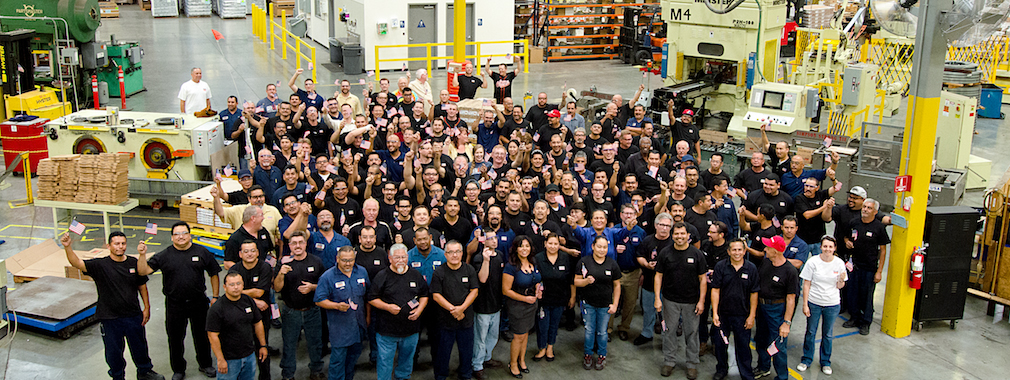In September of last year, Simpson Strong-Tie hosted our first Strong Partners Seismic Symposium in Southern California. We were pleased to feature several top speakers, including seismologist Dr. Lucy Jones, discussing the importance of making our communities more resilient.
Resilience has become a hot topic in the past several years as we continue to experience more frequent and more powerful natural disasters that devastate communities. We’ve seen numerous distressing examples of what happens when people are left without structures in which to live, learn, work and shop.
The total damage and loss stemming from Katrina was estimated at $160 billion, or about 1% of the national GDP, with over 1,800 lives lost. In Christchurch, New Zealand, half of the downtown area had to be torn down, with an estimated 50–100 years to fully recover. In the US in 2017, over 300 people died and damage and destruction exceeded $300 billion from hurricanes, wildfires and other natural disasters. When you look at these stark examples, the cost of doing nothing is clearly too high a price to pay.
The importance of designing and building resilient structures is vital to the health of communities, businesses, families and individuals. Our thinking is evolving from surviving these events to thriving soon afterward by not only reducing the loss of life, but also reducing damage and recovery time in order to limit harm to local economies, and prevent mass exoduses from areas that take a long time to recover.
And communities and organizations are noticing and taking action. New legislation is facilitating the creation of more resilient buildings and communities. We’re seeing momentum with the appointments of chief resilience officers in large cities across the nation, including San Francisco, LA, New Orleans, and Washington DC, among others. Organizations like the Alliance for National & Community Resilience, the Dr. Lucy Jones Center for Science and Society, the Federal Alliance for Safe Homes, Build Change and the United States Resiliency Council (Simpson Strong-Tie is a sponsor or supporter of all these organizations in various capacities), and the BuildStrong Coalition, along with initiatives like 100 Resilient Cities and Back-to-Business Programs as well as NIST’s Community Resilience Planning Guide, is also helping drive the conversation and action.
For us as a company, providing solutions to help make homes and buildings more resilient, whether it’s in new construction or retrofitting, is an important consideration as we design and manufacture new products for our customers. Products like moment frames, fiber-reinforced polymers and new connectors provide numerous benefits to individuals, families, businesses and communities. Along with building performance objectives, they can help structures remain intact and usable soon after a natural hazard strikes. We also educate key stakeholders, including builders, contractors, code enforcement officials, building owners and homeowners, in understanding resilient building practices and help drive their efforts with technical expertise, sponsorships and product donations.
We hope you’ll join us and support our mission to make communities more resilient for the long term.
~ Karen Colonias


